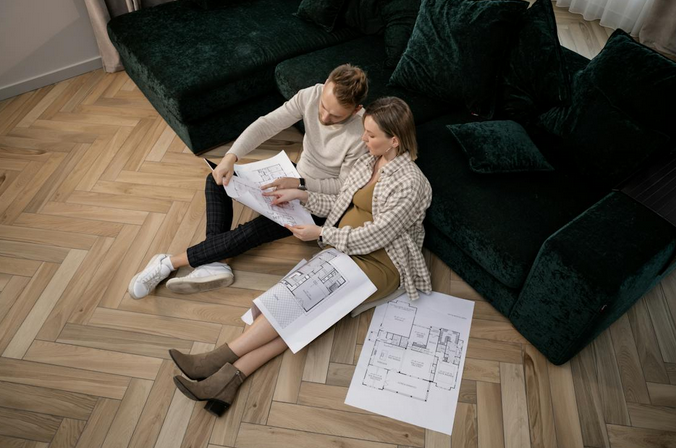
In recent years, the rise of factory-built homes, also known as prefab or modular homes, has revolutionized the construction industry. These homes, as explained on PNP and other sites, offer several advantages over traditional on-site construction methods. However, like any other housing option, prefab homes come with their own set of pros and cons. In this article, we will explore these factors to help you navigate the landscape of factory-built homes.
Pros of Prefab Homes
Cost-Effective
One of the most significant advantages of prefab homes is their cost-effectiveness. The controlled environment of the factory allows for better inventory management, reduced waste, and improved construction efficiency. As a result, prefab homes are often more affordable compared to their on-site-built counterparts.
Time Efficiency
Prefabricated homes are built using assembly-line production techniques, resulting in significantly shorter construction times. Since the building process is not subject to weather conditions, delays due to rain or extreme temperatures are minimized. Prefab homes can be completed in a matter of weeks rather than months, allowing you to move into your new home much faster.
Quality Control
Factory-built homes undergo rigorous quality control protocols during the construction process. Every aspect of the build is closely monitored, ensuring that materials are correctly installed and meet the required standards. This attention to detail often leads to superior craftsmanship and fewer maintenance issues in the long run.
Design Flexibility
Contrary to popular belief, prefab homes offer a wide range of design options. Modern manufacturing technologies allow for customization, enabling homeowners to choose from various finishes, floor plans, and architectural styles. Whether you desire a contemporary, traditional, or minimalist look, prefab homes can be tailored to suit your preferences.
Cons of Prefab Homes
Limited Customization
While prefab homes offer design flexibility, there may still be limitations when it comes to customization. The manufacturer usually predetermines the available options. Although modifications can be made, they may come at an additional cost or require more time for engineering and production.
Transportation Challenges
The transportation of prefabricated modules from the factory to the construction site can pose logistical challenges. Depending on the size of the modules and the distance to be traveled, special permits and equipment may be required. Additionally, site accessibility should be considered as well.
Aesthetics and Perception
Despite the advancements in prefab home design, some people still associate them with a lack of aesthetics or structural integrity. However, this perception is gradually changing as more architects and designers embrace the possibilities of factory-built homes. Educating yourself and others about the quality and design potential of prefab homes can help overcome any negative bias.
Limited Location Options
Prefab homes require suitable sites that can accommodate transportation and installation processes. While this is not a significant issue in urban areas, finding suitable locations for prefab homes in remote or challenging terrains may be more difficult. It is essential to research local regulations and site suitability before considering a prefab home.
Prefabricated homes offer a range of benefits, including cost-effectiveness, time efficiency, quality control, and design flexibility. By understanding the pros and cons, you can make an informed decision about whether a prefab home is the right choice for you. As technology continues to evolve, the prefab industry will undoubtedly expand even further, offering innovative solutions for sustainable, efficient, and customizable housing options.…


